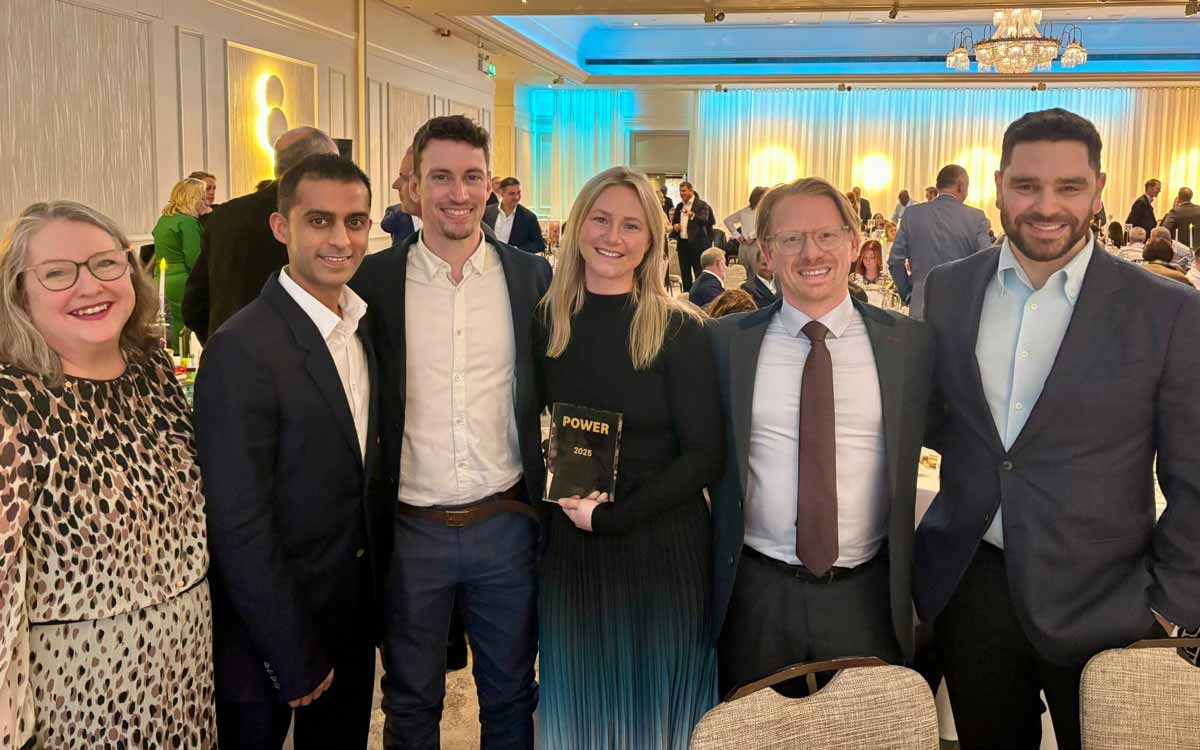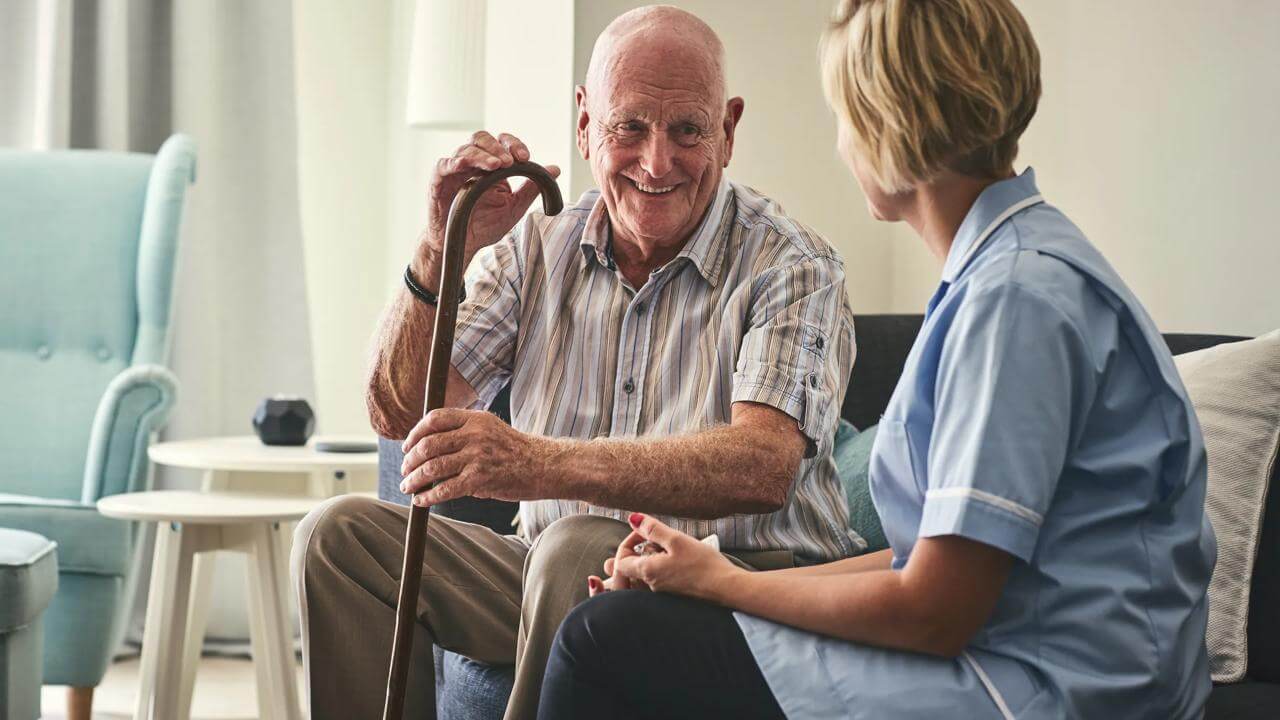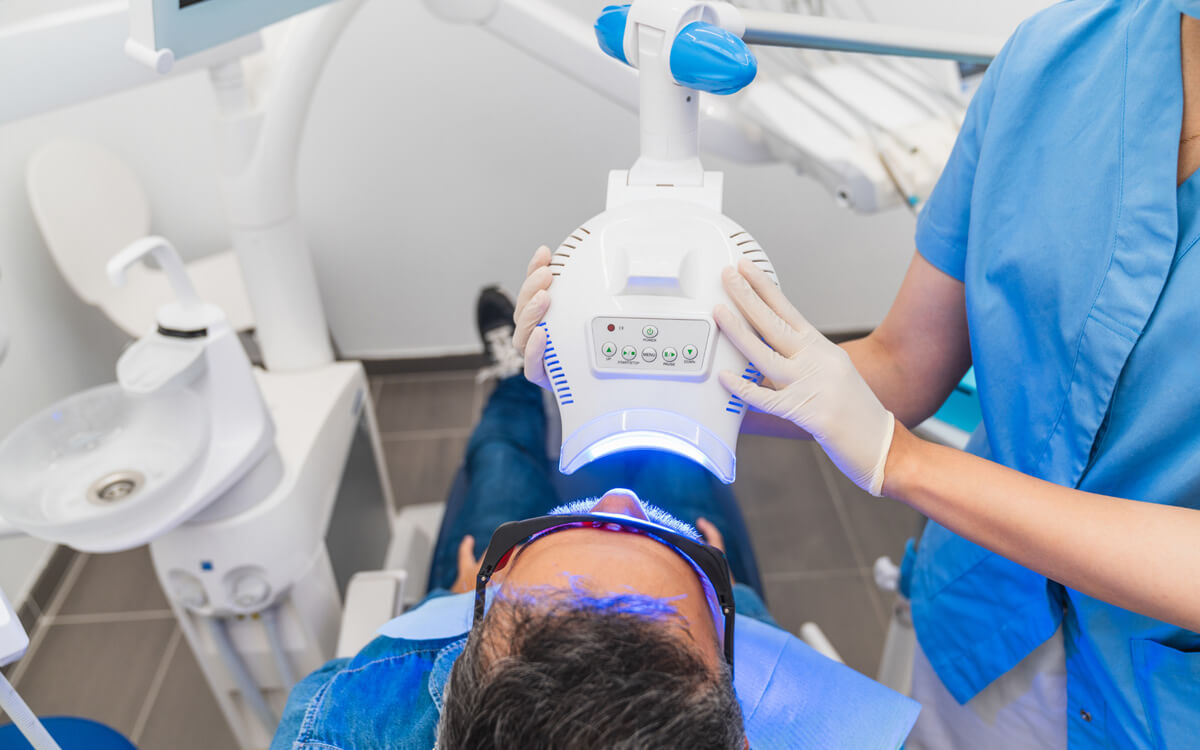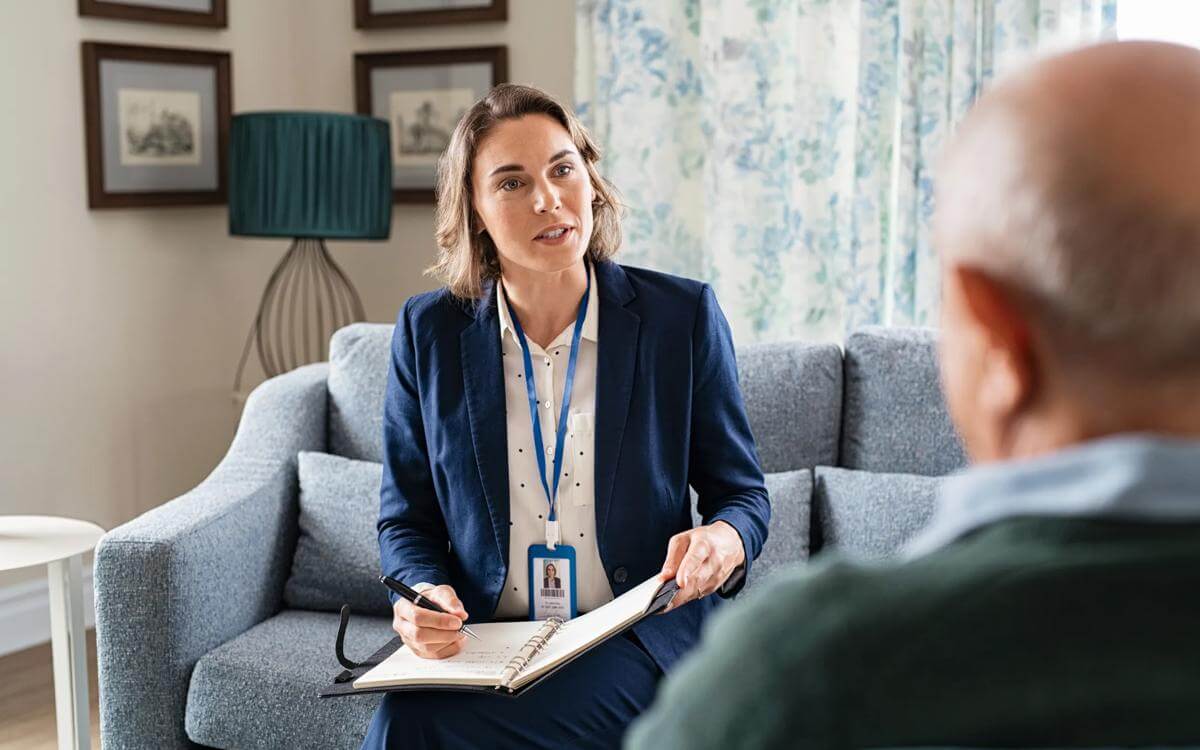Though Baroness Casey’s commission is just beginning its work, this 10-year health plan offers the clearest indications yet of the government’s vision for social care.
The vision is one of person-centred support, which maximises autonomy and independence through a combination of prediction, prevention and technology.
Where people access services, this will be digital-first (though the NHS App) and, where necessary in their homes and neighbourhoods, where co-located and collaborative teams of health, care and allied professionals will adopt a whole-person approach to support.
Health inequality will be tackled head-on with areas in which people experience the worst outcomes being prioritised for intervention. Strategic authorities and their mayors will become the focus of political accountability for health and care strategy, while providers will be rewarded according to the outcomes delivered.
Approach to implementation
The plan includes ambitious, national, delivery dates, and a “test and learn” approach to achieving delivery. This is not the kind of plan limited to a series of pilots, for review at a later date. There is a notable intensity of deadlines up to 2028.
While this may reflect a plan to develop the detail beyond a three-year horizon later, these may also be the elements considered essential groundwork for rapid implementation of recommendations following the Casey Commission.
Role of local government
The plan often blurs distinctions between health care, social care and public health, which makes sense in the context of a vision of prevention and care, where needed, in community.
However, the plan goes on to talk of delivering this through partnership between NHS and local government, with neighbourhood health plans aggregating to population-level plans across an integrated care board (ICB) footprint.
Those footprints will, “wherever feasibly possible”, align with strategic authorities. Mayors from those authorities will replace local authorities on ICBs and integrated care partnerships will be abolished.
Analogue to digital
In healthcare, this shift will see an emphasis on the NHS app as a key access point to health and care.
An integrated patient record will be available to patients on there, with the ability for them to add to it, including choosing to allow approved wearables to deliver data to the app in real time.
Care plans for long-term conditions will be developed and shared using the app, with patients able to input through the My Care function, and carers through My Carer.
There will be early opportunities for social care to benefit from this shift. Any tool which can help service users manage their health well can support both efficiency and outcomes in social work with appropriate data sharing arrangements this could lead to improved responsiveness and coordination of health and care for service users.
Both health and care will see increasing use of wearables to monitor service users and data tools to predict needs and risks. Staff will benefit from the efficiency of automation connected with routine tasks.
Taking care to communities and homes
In health, the focus will be on a shift from hospital to community-based care. This includes use of virtual wards and use of technology to monitor patients post-operatively or with long term conditions.
The creation of Neighbourhood Health Centres which will allow a range of services, including care and independent living, to co-locate will mean that in- person services are locally accessible. The aspiration is that co-location will support collaboration between services and allow individuals with complex needs to simplify and streamline their experience of health and care. While co-location can, no doubt, support these objectives it is not, in itself, a remedy for silo working and if these shifts are to happen then work on culture and relationships between services will be key.
The equivalent ‘shift’ in social care, which is already often delivered in homes, is likely to be one that continues to focus on supporting independence and autonomy, within homes and within families. Indeed, the health plan talks of older people being able to continue to receive care they need in later life in their own home.
What the plan does not address so clearly is meant by people growing older ‘in their own home’. If, for example, this means the home whey occupied when they had family at home then it may mean people are being supported in accommodation which does not meet their needs, impacting access, safety, warmth and so on.
Nor does the plan have much to say on loneliness and isolation, though this is a well evidenced driver of demand on services. Neighbourhood Health Centres could contribute to creating a hub for social engagement as well as health and care support.
However, this shift begs the question of what kind of communities and neighbourhoods exist already, what kind are being built, and what social capital exists in places. A shift to the vision of care in communities and homes brings this issue to the fore, with a need to ensure quality, accessible affordable housing and to have a conversation about choice of housing suitable for the stages and circumstances of our lives.
The NHS 10-year plan and the work Baroness Casey will be undertaking creates an opportunity to address these questions and perhaps open a national conversation about where we live as we get older. In the meantime, there are opportunities for social care organisations to engage with the Neighbourhood Health Centre project, to identify opportunities to use these to bring services to communities and support collaborative interventions in areas such as isolation and frailty.
Prevention
Prevention is the holy grail of healthcare. Both in terms of preventing the occurrence of disease but also preventing or mitigating its worst impacts (which are often the triggers for care need).
We know that untreated conditions lead to greater need than those which receive timely interventions, and that the mere fact of illness or hospitalisation may lead to a loss of independence that can never be built back. In time, prevention initiatives in health can be expected to reduce demand for care and where care is needed may reduce complexity of the need.
Genetic profiling, remote monitoring, AI analytics and advanced screening strategies may all have a role in prediction and prevention of disease and care need. Sharing data and insight both to support identification of risk and to manage implementation of joined up strategies to prevent this will be a key part of the prevention infrastructure.
However, advanced technology aside, the care workforce will continue to be a critical part of prevention. With their role in assessing and delivering care they have a unique opportunity to identify prevention opportunities.
When they do so, it will be critical that the health infrastructure to be created under the plan is responsive to their requests and referrals, so that care organisations have the best opportunity to help people maintain or improve independence, rather than care ‘filling a gap’ during delays caused by demand on health.
Digital and local infrastructure has the potential to support this, but a culture which gives care parity with health will be needed to deliver it.
Care can't wait
With a campaign adopting the slogan, it’s trite to say, ‘care can’t wait’. ADASS and others have set out a compelling vision of what care can be, and much is aligned with the vision in the NHS plan. Indeed, the NHS plan will need the support of social care it is to deliver the outcomes promised.
While Baroness Casey continues her work towards recommendations in 2026 and 2028, care and health partners must continue to collaborate around the evolving shape of health and care reform to identify early opportunities for collaboration and efficiency and start to shape the health and care structures of the future.
Contact

James Arrowsmith
Partner
james.arrowsmith@brownejacobson.com
+44 (0) 330 045 2321








































